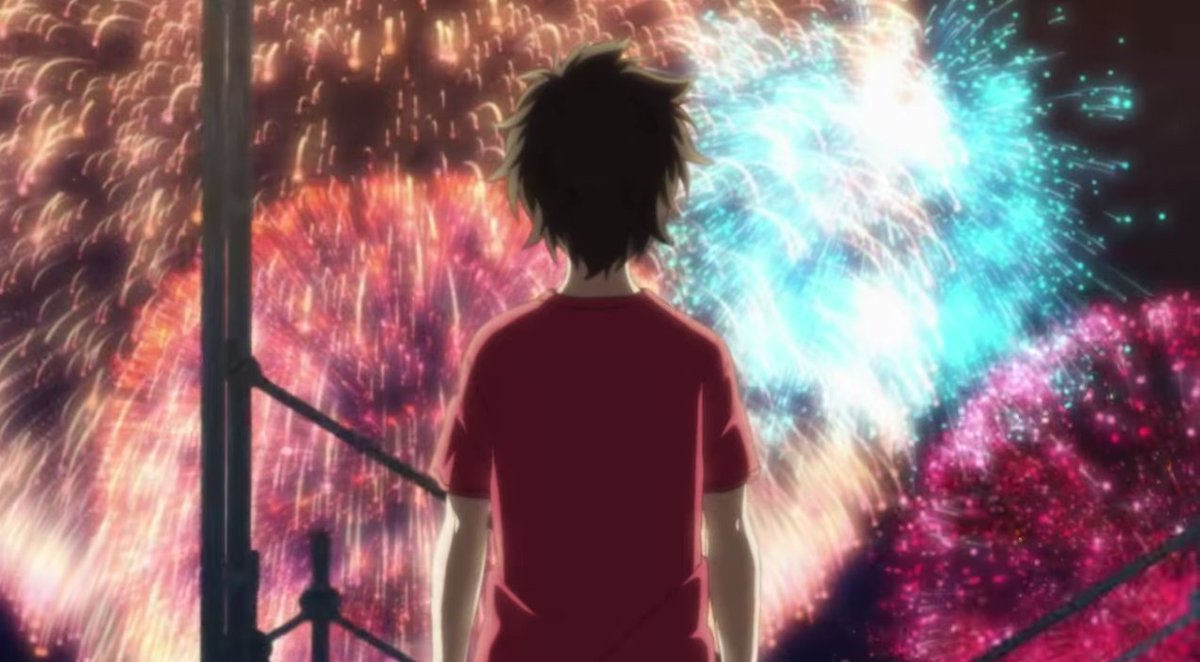Table of Contents Show
It is an ambitious feat for an anime, or any medium, to explore deeply emotional thematic elements by combining character journeys with time travel. Hanabi (2017) attempts to create a beautiful science fiction story that is sure to stick in the mind of viewers. While Hanabi does utilize science fiction to highlight the romantic aspect of the plot, in the end, the anime film lacks the all-important emotional weight due to underdevelopment.
Fireworks
Directed by Akiyuki Shinbô and Nobukyuki Takeuchi, Hanabi follows high school student Norimichi as he learns more about his classmate, Nazuna, who is moving away soon. On the day that Nazuna finds a strange translucent orb at the beach, Norimichi, and Yusuke race in the pool. When Yusuke wins, Nazuna asks him to go see the fireworks with her that evening. Afraid of his own feelings for her, Yusuke stands her up, asking Norimichi to go in his place to tell her.
During their melancholy conversation, Nazuna reveals that she plans to run away from home and has even brought a suitcase. When Nazuna fails to get away from her family unnoticed and Norimichi fails to help her, he uses Nazuna’s mysterious orb to travel back in time to redo the situation.
Each time Norimichi is faced with a situation and makes what he thinks is the “wrong” choice, he travels back to redo it until, eventually, he and Nazuna are faced with an unfamiliar world. Cornered by both Nazuna’s family and Yusuke, who is jealous of Norimichi’s time with their mutual crush, Norimichi and Nazuna are both forced to start making their own choices in life instead of running away and constantly wondering, “What if?”
Time Travel
The film starts off promisingly, as the beautiful animation depicts Nazuna finding the translucent time travel orb in the water on the beach. Later, when Norimichi is hanging out with his friends, an argument breaks out: One group thinks that fireworks are round, and the other is absolutely sure that they are flat. These two events effectively establish the time travel element (Nazuna finds the orb) and the anchor to tell which timeline we are in (the fireworks).

Hanabi (2017)
Credit: The New York Times
Each time Norimichi changes the past, he creates another possible worldline. In the prime timeline, the fireworks are round, as Yusuke smugly tells Norimichi when they are alone: of course, they are round! In the second timeline, however, the fireworks are flat. This is foreshadowed when Norimichi relives the moment when Yusuke confirms the answer to their friends’ argument: of course, the fireworks are flat.
The question of the fireworks, whether they are flat or round, acts as a reference point for Norimichi. The further Norimichi breaks away from the prime timeline, the stranger the fireworks’ science becomes: Norimichi questions his reliance on time travel when the fireworks become bigger and brighter and Nazuna doesn’t question it. The fireworks act as both a reference point and as an indicator that perhaps Norimichi is going too far. Perhaps living life once would be the best decision.
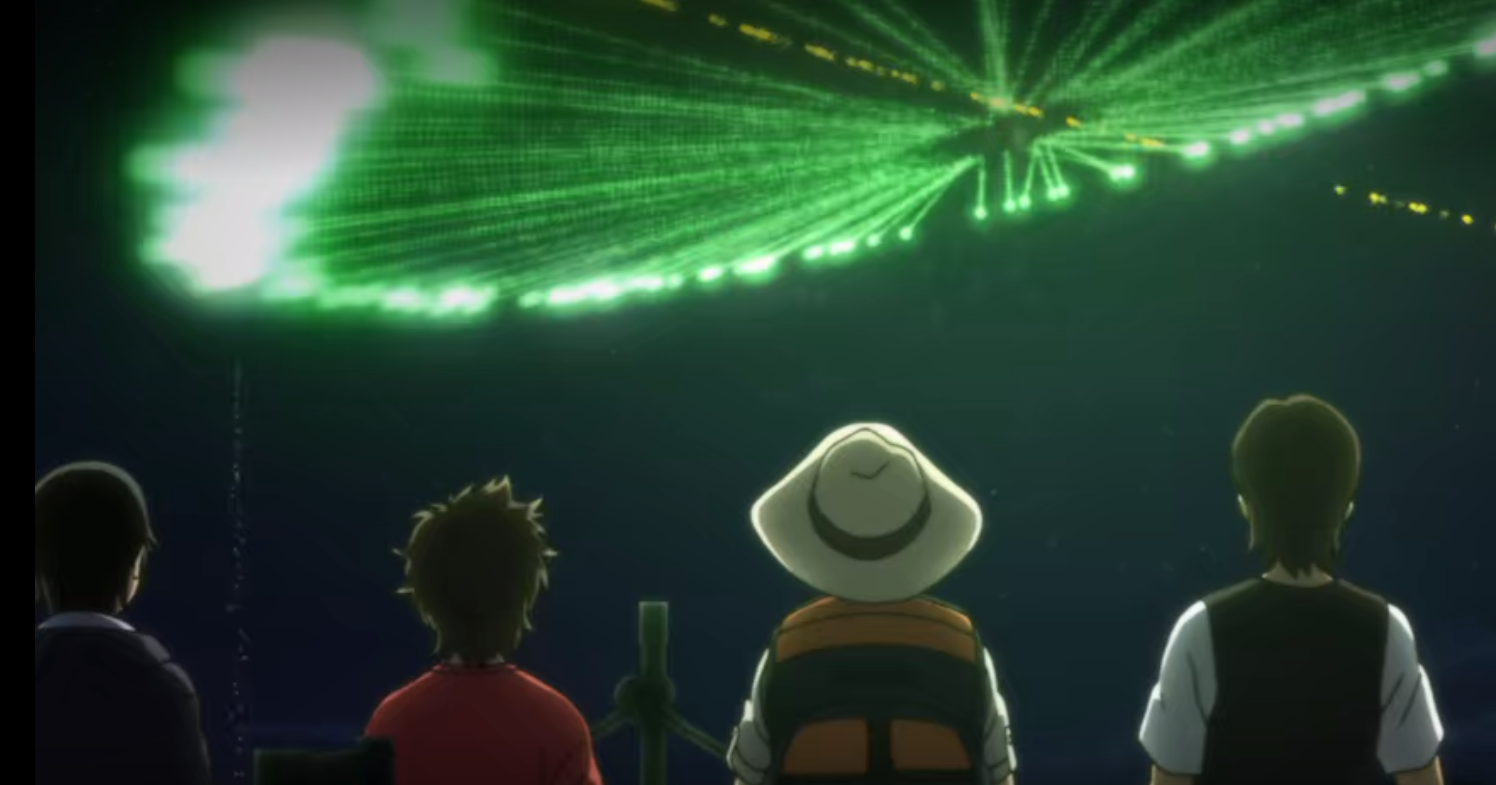
Hanabi (2017)
Credit: Netflix
This aspect of time travel works for the story and makes sense. The concept becomes a little confusing near the climax of the film when the sky itself begins to look like ripples in a pond. But time travel is a complicated matter to tackle. For the purpose of the romantic storyline, it is not the most important element.
Norimichi
While the concept for Hanabi is full of romantic and emotional potential, the characters are underutilized. In each possible timeline, Norimichi learns more about Nazuna: her desperation to run away from home before her family moves away, her desire to elope with whoever wins a swimming competition, and eventually just wanting at least one day with Norimichi. However, Norimichi himself doesn’t have much of an arc.
At the start of the film, he refuses to acknowledge his romantic feelings for Nazuna, even though his friend, Yusuke, hints that he also has feelings for her. Both boys are passive in their interactions with Nazuna. This sets up both characters’ story arcs, as well as their resolutions.
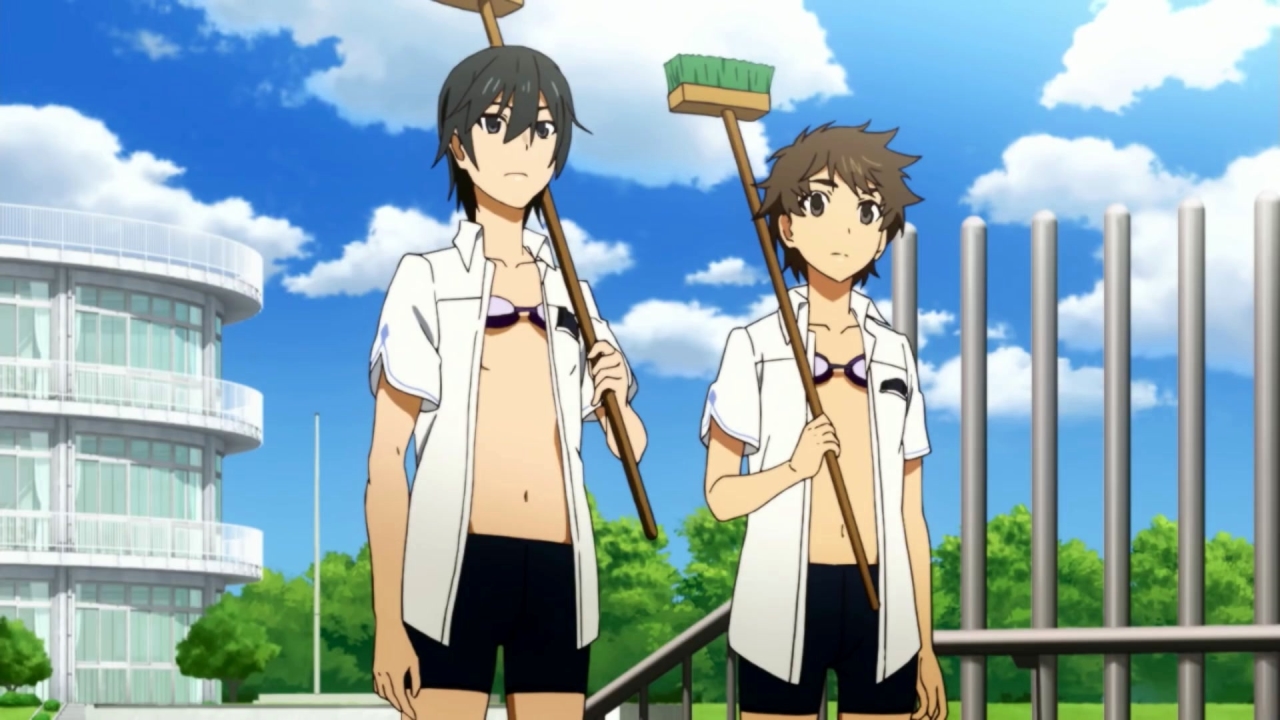
Hanabi (2017)
Credit: Metacritic
While Norimichi and Yusuke’s set-ups are solid, their resolutions are less so. It is not Norimichi’s decision to stop time traveling. Instead, the orb is smashed accidentally when it is loaded into a fireworks rocket. Only when the orb shatters in the air does each character see every possible outcome of the choices they make in their lives. It is a visually beautiful scene, and seeing the vast potential for his life with Nazuna is what prompts Norimichi to live in the here and now, leading to a visually gorgeous scene that highlights the stellar animation of the fireworks seen from underwater as Norimichi and Nazuna share a kiss.
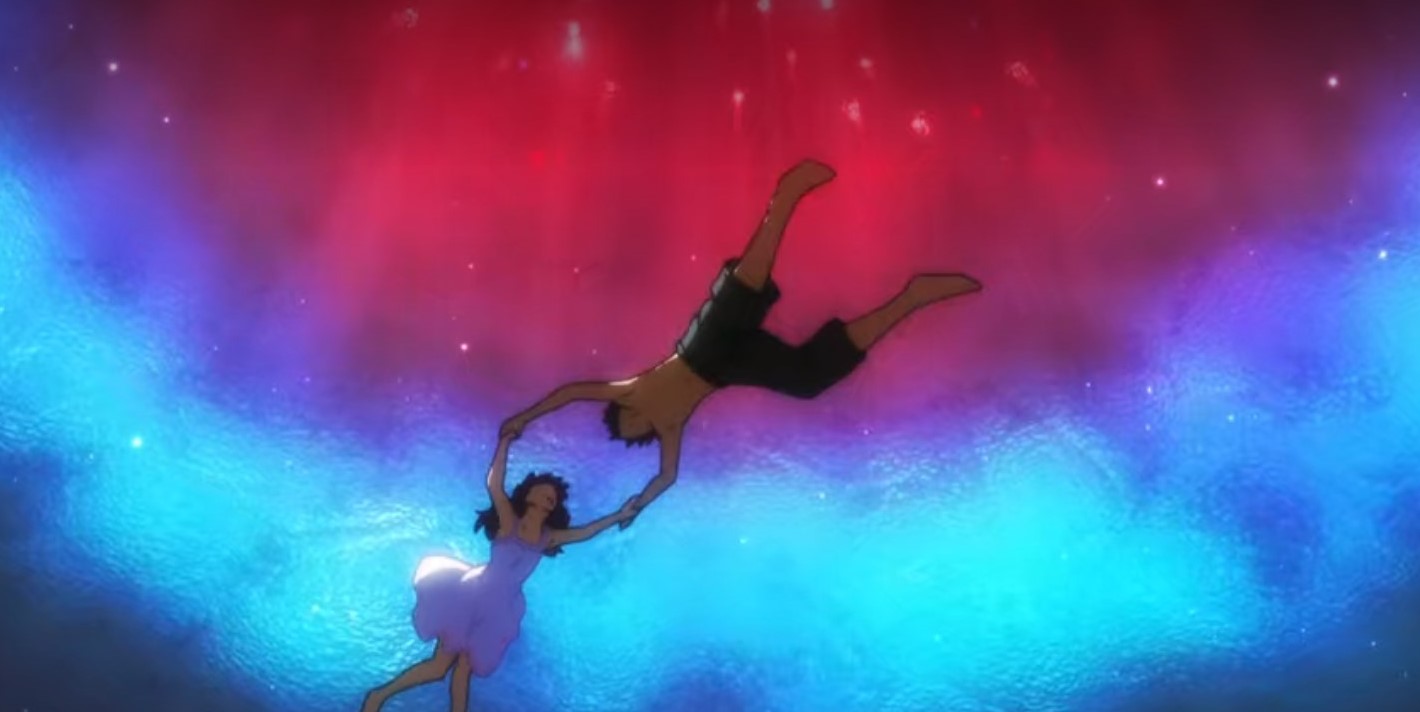
Hanabi (2017)
Credit: Netflix
However, his decision falls a little flat. Norimichi’s personality does not extend much beyond caring for Nazuna, so his “What if” question is limited to that scope. The possibilities opened up by time travel feel too narrow, and the options for what could happen if he made a different choice are too few. Norimichi’s limited possibilities hold the film back from presenting true emotional weight. This is especially apparent when he only slightly changes the scenarios using time travel. In the end, even the shattering of the orb presents him with limited options.
Yusuke
Yusuke is another clue that Hanabi’s characters are underdeveloped. At the beginning of the film, he is a prominent character. After his decision to abandon Nazuna before their date, however, he disappears from many important points of the film. His absence is palpable, even as he becomes somewhat of an antagonist in his jealousy of Norimichi.
When the orb shatters, Yusuke does get a moment to digest his lack of choices throughout the film, confronted with the fact that dating Nazuna was a possibility that he never acted on. He screams from the lighthouse that he loves Nazuna, prompting his friends to confess their revelations similarly.
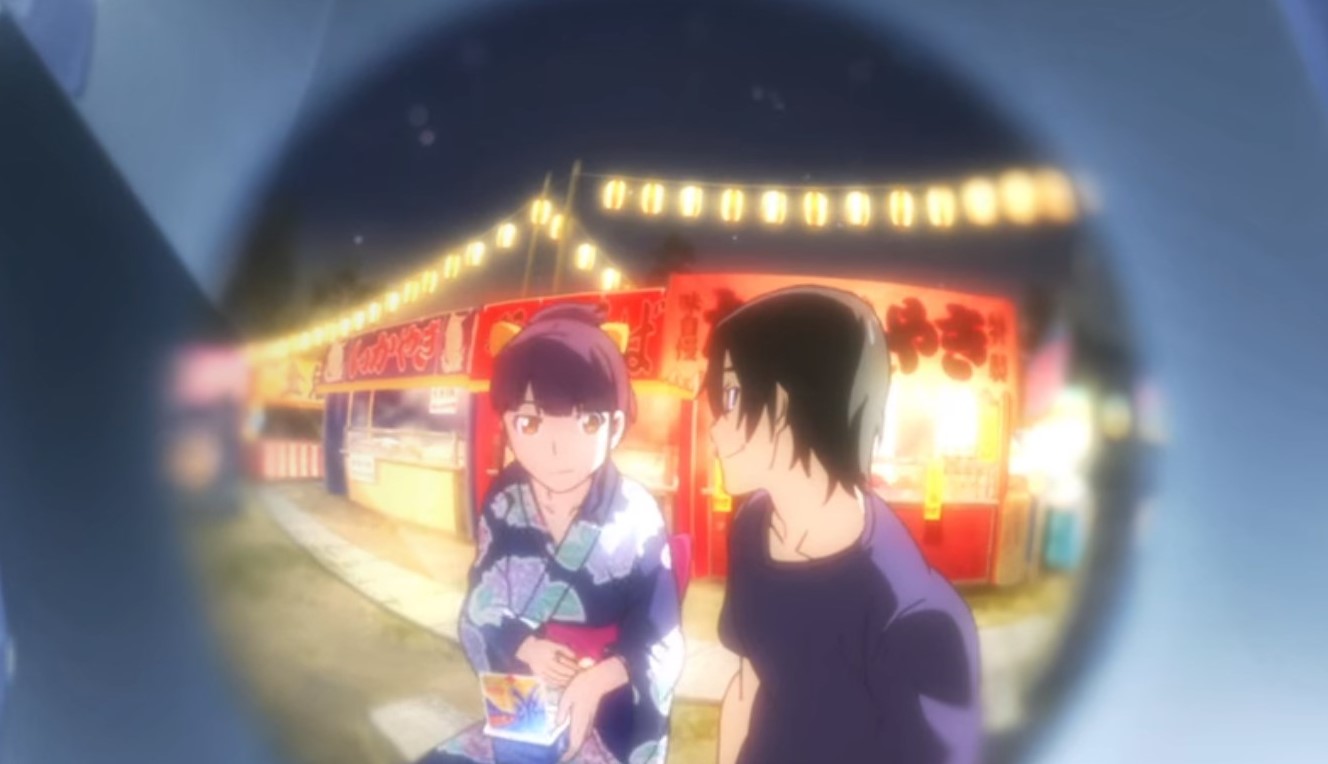
Hanabi (2017)
Credit: Netflix
However, in terms of change, his presence has been too limited for a weighty breakthrough. When both Norimichi and Nazuna are absent from class at the end, Yusuke sits sadly, left to deal with the consequences of his passive mindest. The revelation at the lighthouse does not affect him enough to make a change in his life. A similar situation happens with less prominent characters as well. Norimichi and Yusuke’s friends, while they get less screen time, do not serve the story beyond setting up the fireworks plot point. Each of them could have been given a choice to make, a “What if?” to consider, but they are used almost purely for comedic relief.
Nazuna
In contrast, Nazuna herself is the only character who goes through a definitive change, after which her life will never be the same. Though she is not as prominent a character as Norimichi, her struggle to come to terms with moving away is at the center of the story’s focus.
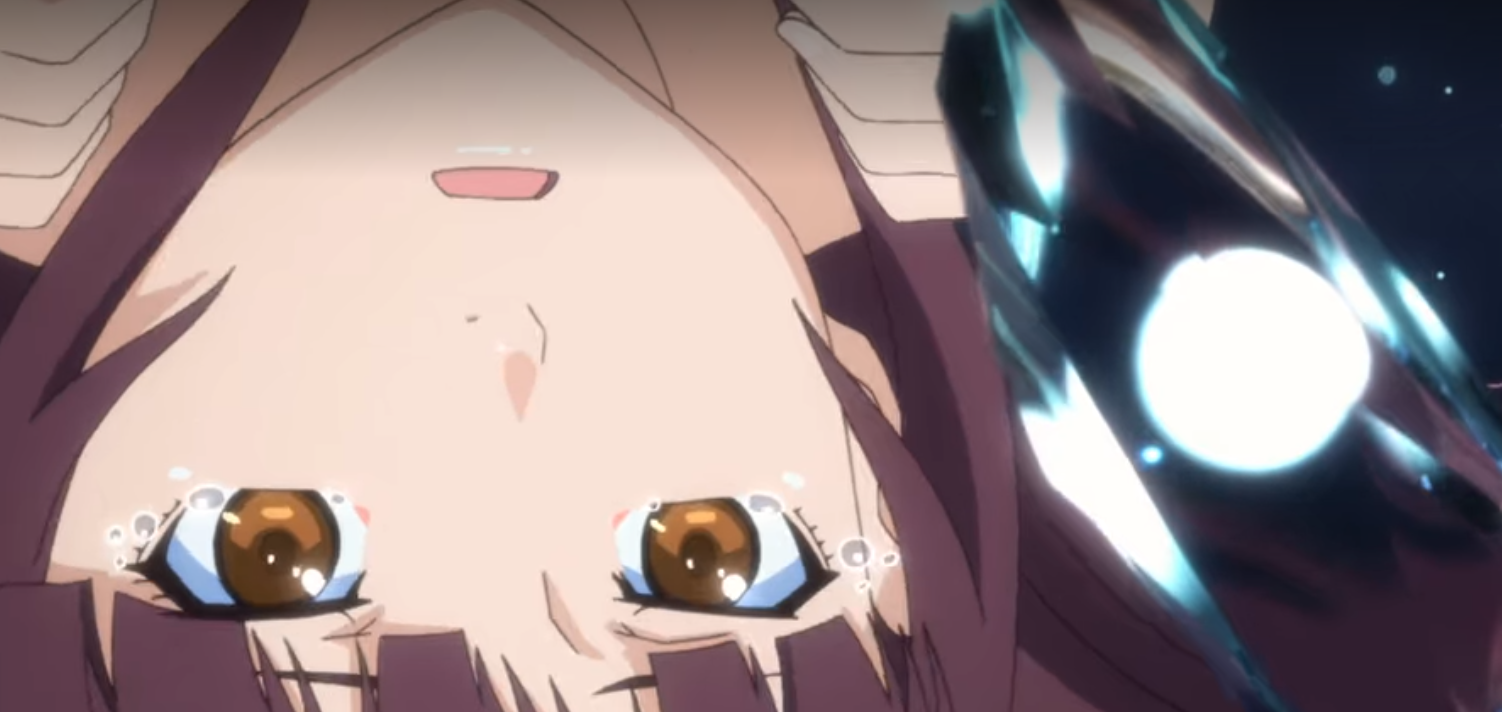
Hanabi (2017)
Credit: Netflix
After seeing visions of the many directions her life can go, including the same vision that prompts Norimichi to kiss her, she accepts that she cannot control every aspect and will make the most of the here and now. This is seen clearly as she smiles at Norimichi and swims away after their kiss. This is a decision that she makes herself.
“What If”
Despite the underdeveloped characters, the time travel element is an aspect of the story that works. Each time Norimichi travels back, the orb begins to glow, and the audience is shown that the inside looks like the wiring of a lightbulb in the shape of the word “if.” These moments of beauty could have paired well with more developed character arcs.
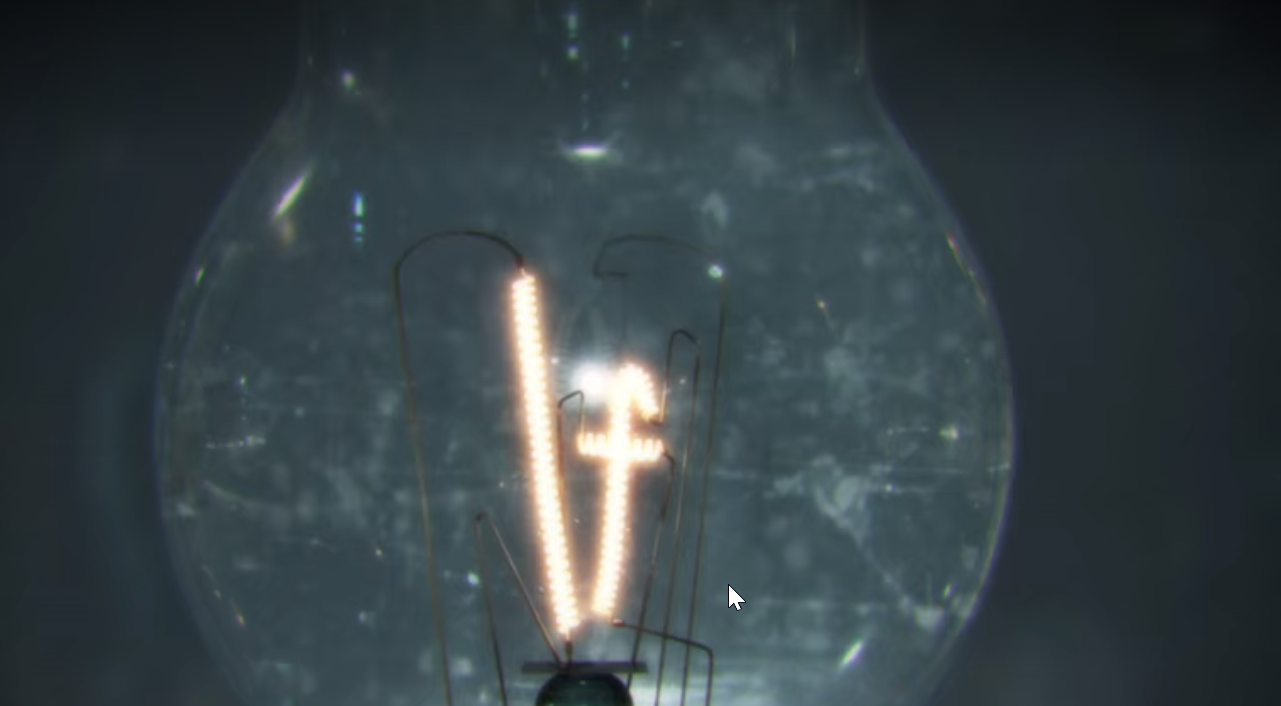
Hanabi (2017)
Credit: Netflix
The most important points of the story are strengthened by gorgeous animation, including the depiction of the fireworks, and though there are a few moments where the CGI is a little distracting, the overall animation is beautiful.
Hanabi (2017) is now streaming on Netflix. For new viewers, not every what-if will be answered, and some characters will not grow as much as expected. But for fans of time travel and romance, this film is worth a chance, as there are some genuinely beautiful moments. You don’t want to be left asking, “What if?”
